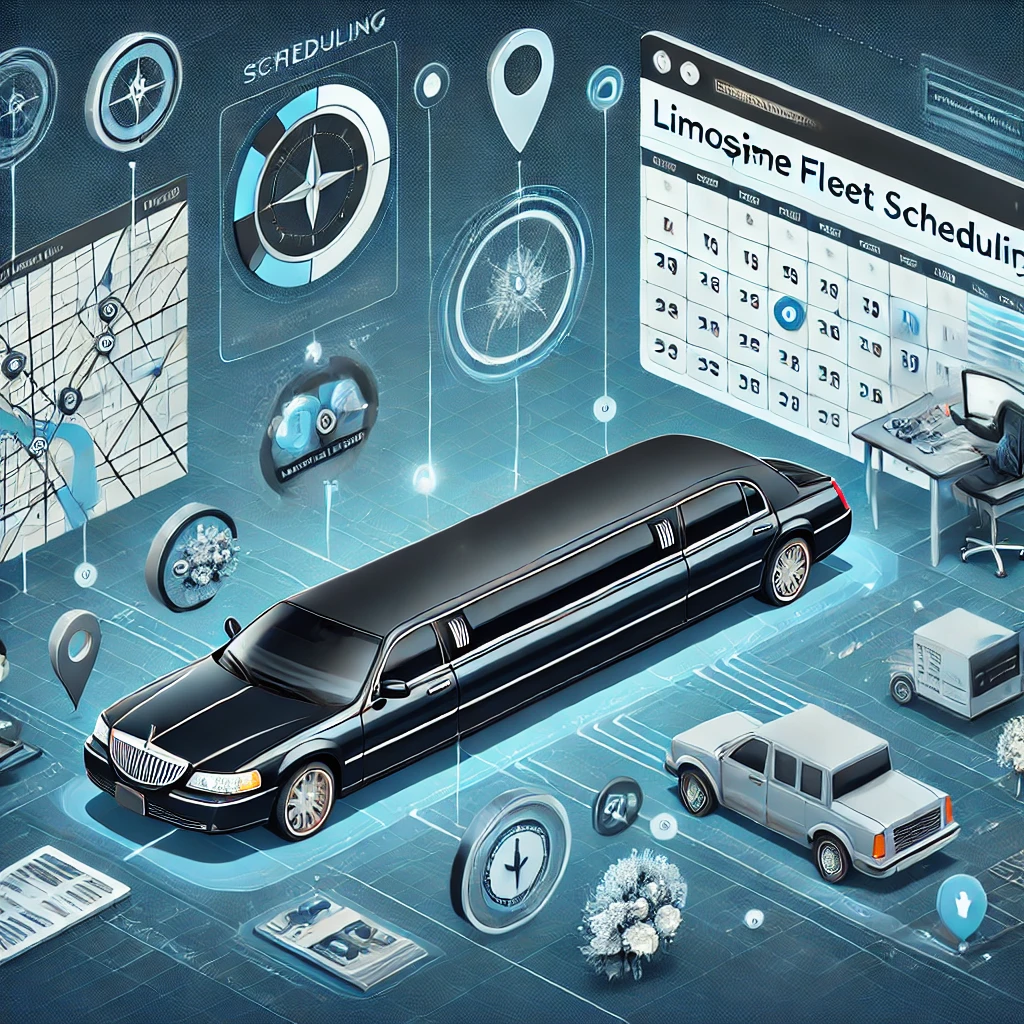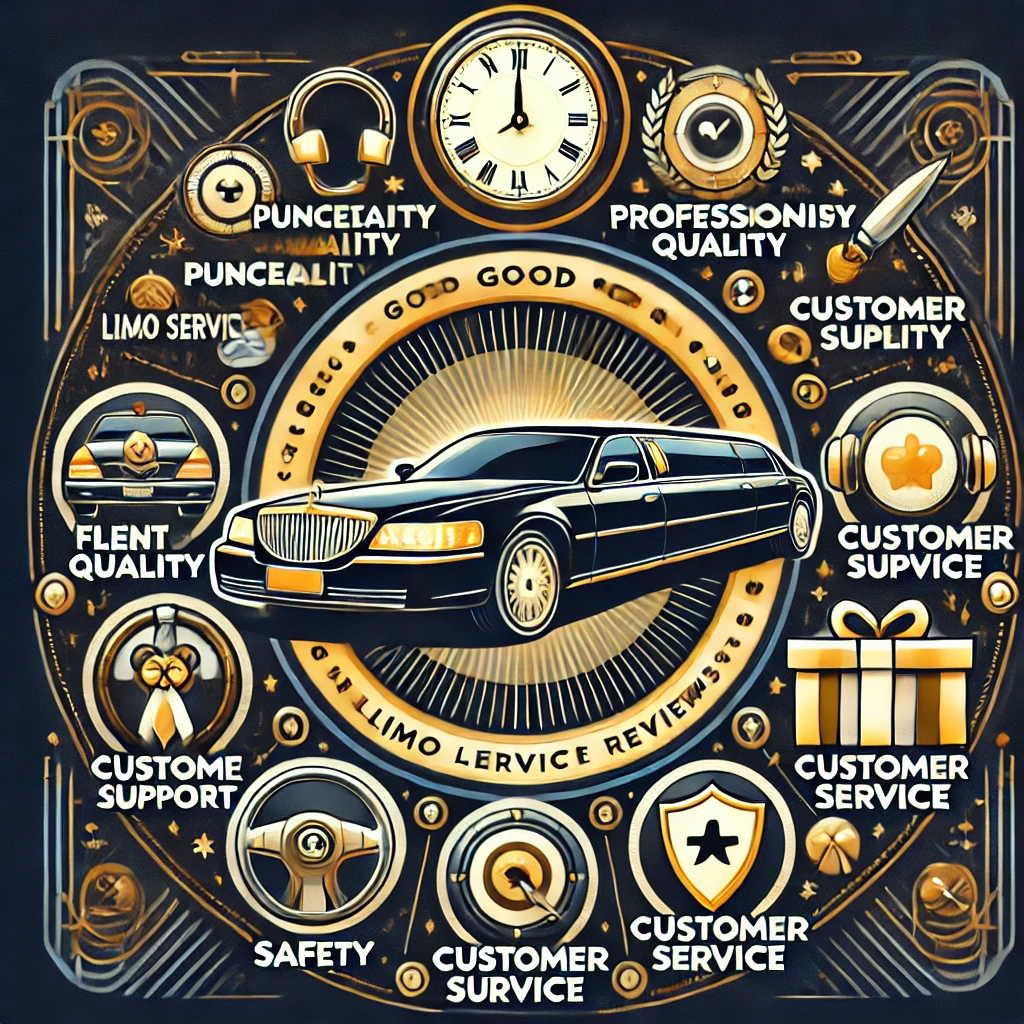Effective communication between dispatchers and drivers is a cornerstone of success for any transportation company. For limousine and chauffeur-driven services, where precision and customer satisfaction are critical, the need for clear and consistent communication is even greater. Miscommunication can lead to operational inefficiencies, dissatisfied clients, and financial losses. This article delves into the factors impacting dispatcher-driver communication, explores the challenges, and offers actionable solutions to streamline processes.
Let’s explore ten key points to improve dispatcher-driver communication, ensuring a harmonious and productive relationship between both parties.
1. The Importance of Real-Time Updates
Issue
In the transportation industry, delays and route changes are inevitable. Without real-time updates, dispatchers may be unable to notify drivers promptly about sudden traffic conditions, road closures, or client schedule changes. These delays disrupt operations and result in unhappy clients.
Solutions
Invest in GPS Tracking Tools
Implementing GPS tracking technology enhances real-time coordination between dispatchers and drivers. Dispatchers can monitor vehicle locations and update drivers about the best routes to avoid delays. This proactive communication reduces confusion and improves efficiency. For example, a limousine service operating in a busy city can leverage GPS tools to reroute drivers and ensure timely pickups.
Furthermore, GPS tools increase transparency. Drivers appreciate knowing dispatchers are aware of their location, allowing both parties to collaborate effectively when unforeseen issues arise. This results in fewer misunderstandings and a more efficient operation overall.
Implement Two-Way Communication Systems
Advanced two-way communication systems, such as mobile apps or digital radios, ensure seamless and immediate information exchange. These tools enable drivers to quickly confirm instructions, report issues, or request assistance.
For instance, a driver stuck in traffic can alert dispatch instantly, allowing them to inform the client about delays. The ability to address challenges as they arise fosters a smoother workflow and enhances the service experience for clients.
2. Clear Protocols for Communication
Issue
Without clear communication protocols, confusion can arise. Drivers might not know when or how to report problems, and dispatchers may struggle to prioritize tasks. This lack of structure leads to operational inefficiencies and client dissatisfaction.
Solutions
Establish Standard Operating Procedures (SOPs)
Creating clear and concise SOPs ensures consistency in communication practices. These procedures should outline when and how drivers report incidents, such as traffic delays or client no-shows. For example, an SOP might require drivers to contact dispatch immediately if they are delayed by more than 10 minutes.
SOPs also help dispatchers prioritize tasks effectively. By following a standard process, they can manage resources more efficiently, reducing downtime and ensuring better service delivery. Making these guidelines readily available to all staff ensures clarity and alignment.
Train Staff on Protocols Regularly
Regular training sessions reinforce the importance of following communication protocols. Dispatchers and drivers should participate in workshops that simulate common scenarios, helping them practice effective communication techniques.
These sessions also provide an opportunity to address any ambiguities in existing protocols. Continuous training keeps the team aligned and prepared to handle challenges, leading to smoother operations.
3. Leveraging Technology for Seamless Coordination
Issue
Many transportation businesses still rely on outdated tools, leading to slow communication and inefficiencies. Manual processes are prone to errors, causing frustration for both dispatchers and drivers.
Solutions
Adopt Advanced Dispatch Software
Dispatch software tailored for transportation services can automate key processes like scheduling and route optimization. Tools like LimoAnywhere centralize all communication, reducing the likelihood of missed updates.
By using software that integrates GPS tracking and real-time notifications, dispatchers can send route updates or schedule changes instantly. This level of automation ensures drivers are always informed, resulting in smoother operations and enhanced client satisfaction.
Integrate CRM Systems
Combining dispatch tools with CRM platforms like Salesforce provides additional benefits. CRMs store client preferences, past booking details, and special requests. Dispatchers can use this data to personalize driver instructions, ensuring a superior service experience for clients.
For example, if a regular client prefers a specific vehicle type or route, the system can notify both dispatchers and drivers, enabling seamless execution. CRM integration enhances operational efficiency and builds stronger client relationships.
4. Building Trust Through Transparent Communication
Issue
Trust is crucial in dispatcher-driver relationships. Drivers often feel undervalued if they perceive dispatchers as unresponsive to their concerns. Similarly, dispatchers may struggle with drivers who do not follow instructions promptly.
Solutions
Foster Open Dialogue
Creating a culture of open communication helps address mistrust. Regular feedback sessions allow dispatchers and drivers to voice concerns and discuss potential improvements. Dispatchers can share insights on operational challenges, while drivers can highlight road-related issues.
These discussions foster mutual understanding and respect, making teams more cohesive. Over time, open dialogue improves morale and collaboration, resulting in better overall performance.
Provide Recognition and Support
Acknowledging driver contributions can go a long way in building trust. Simple gestures, like recognizing a driver for handling a difficult client gracefully, boost morale and reinforce positive behavior. Similarly, dispatchers should provide support during challenging situations, ensuring drivers feel valued.
This approach creates a supportive environment where both parties are motivated to perform their best, leading to improved communication and operational efficiency.
5. Addressing Language and Cultural Barriers
Issue
In global or diverse teams, language differences and cultural misunderstandings can complicate dispatcher-driver communication. Misinterpretations may lead to incorrect instructions, delays, or strained working relationships.
Solutions
Implement Multilingual Tools
Adopting multilingual communication platforms can bridge language gaps. Many dispatch systems and apps support translation features, enabling dispatchers and drivers to communicate effectively even when they don’t share a common language.
For instance, a dispatcher managing a team of drivers from diverse linguistic backgrounds can use apps like Google Translate integrated into their communication systems. These tools ensure that instructions are clear, reducing misunderstandings and delays.
Provide Cultural Awareness Training
Cultural awareness training for dispatchers and drivers fosters mutual understanding and respect. By learning about each other’s cultural preferences and communication styles, teams can collaborate more effectively.
For example, training might highlight how cultural norms influence punctuality or tone in communication. This proactive approach ensures smoother interactions and prevents minor differences from escalating into larger conflicts.
6. Effective Conflict Resolution Mechanisms
Issue
Conflicts between dispatchers and drivers often arise due to misunderstandings or unmet expectations. Left unaddressed, these disputes can harm team morale and disrupt operations.
Solutions
Establish a Neutral Mediation Process
Implementing a neutral conflict resolution process helps address grievances fairly. Designate a mediator, such as an operations manager, to handle disputes objectively and ensure that both parties feel heard.
For example, if a driver disputes a dispatcher’s route assignment, the mediator can evaluate the situation, consider both perspectives, and propose a solution that benefits all parties. Having this process in place prevents conflicts from affecting daily operations.
Encourage Open Feedback
Regular feedback sessions provide a platform to resolve tensions and improve relationships. Dispatchers and drivers can use these meetings to share concerns constructively and collaborate on solutions.
This practice creates a culture of transparency and accountability. It ensures that minor issues are addressed before they escalate, leading to a more cohesive and efficient team.
7. Prioritizing Driver Safety
Issue
Driver safety is often compromised when communication focuses solely on meeting schedules or client demands. This pressure can lead to rushed driving, fatigue, or poor decision-making on the road.
Solutions
Use Safety-Centric Communication Tools
Implement tools that allow drivers to report safety concerns easily. For example, mobile apps with an SOS feature can alert dispatchers about emergencies like mechanical breakdowns or unsafe driving conditions.
Equipping vehicles with telematics systems also enhances safety. These systems monitor driver behavior, such as speed and braking patterns, and provide real-time feedback to encourage safer driving.
Promote a Safety-First Culture
Dispatchers should prioritize safety in their instructions and scheduling. Avoid assigning overly tight schedules that force drivers to compromise safety. For example, if a limousine pickup requires navigating congested city roads during peak hours, allow extra time in the schedule to accommodate delays safely.
Regular safety training for both dispatchers and drivers reinforces the importance of this mindset. By aligning on safety goals, teams can operate more responsibly and reduce accidents.
8. Minimizing Information Overload
Issue
Bombarding drivers with excessive or irrelevant information can lead to confusion and errors. Dispatchers need to ensure that communication is concise and actionable.
Solutions
Filter Information Effectively
Dispatch systems should prioritize and filter information before relaying it to drivers. For instance, only critical updates, such as last-minute route changes or client instructions, should be communicated during trips.
This practice prevents drivers from becoming overwhelmed and allows them to focus on delivering excellent service. Clear categorization of messages as “urgent” or “informational” ensures that drivers can prioritize appropriately.
Provide Pre-Trip Briefings
Pre-trip briefings can consolidate key details, such as the client’s name, destination, and special instructions, ensuring drivers are well-prepared before they hit the road. This proactive approach reduces the need for mid-trip updates, simplifying communication.
These briefings can be delivered via email or app notifications, providing a structured summary that drivers can review at their convenience.
9. Enhancing Team Collaboration
Issue
Dispatchers and drivers often view each other as separate entities, leading to a lack of collaboration. This division can hinder communication and operational success.
Solutions
Organize Team-Building Activities
Regular team-building events foster camaraderie between dispatchers and drivers. Activities like workshops, group outings, or problem-solving exercises encourage interaction and build mutual respect.
For example, a team-building workshop might include role-reversal activities where dispatchers experience a driver’s challenges and vice versa. Such experiences build empathy and improve collaboration.
Encourage Peer Support Systems
Creating peer support systems allows drivers and dispatchers to mentor each other informally. For instance, experienced drivers can guide new dispatchers on what makes effective instructions, while seasoned dispatchers can train new drivers on communication protocols.
This system encourages teamwork and creates a more supportive work environment.
10. Evaluating and Refining Communication Practices
Issue
Communication methods can become outdated or ineffective over time, leading to inefficiencies. Regular evaluation is necessary to identify areas for improvement.
Solutions
Conduct Regular Performance Reviews
Periodic reviews of dispatcher-driver communication practices help identify inefficiencies. Use metrics like on-time performance, customer feedback, and driver satisfaction to evaluate the effectiveness of current methods.
For example, if drivers frequently report delays due to miscommunication, it may indicate a need for better tools or training. These insights guide decision-making and help implement meaningful changes.
Encourage Feedback Loops
Creating a feedback loop ensures continuous improvement. Encourage drivers and dispatchers to share their experiences and suggest enhancements to communication tools or protocols.
For instance, a driver might recommend integrating voice-activated technology to reduce distractions. Incorporating such suggestions demonstrates that the company values input, fostering a culture of innovation and collaboration.
Conclusion
Enhancing dispatcher-driver communication is crucial for maintaining operational efficiency and delivering superior customer service. By leveraging advanced technology, fostering trust, and refining processes, transportation companies can overcome communication challenges and achieve their goals.
To streamline your operations with expert dispatch and customer support services, consider partnering with Saztech Solutions. With over a decade of experience, Saztech Solutions offers cost-effective solutions tailored to the unique needs of limousine service providers. Let us help you enhance your communication and elevate your business to the next level.
Home | About Us | Pricing | Get Started | FAQ | Dispatch Daily | Contact Us
WhatsApp | Facebook | LinkedIn





Leave a Reply